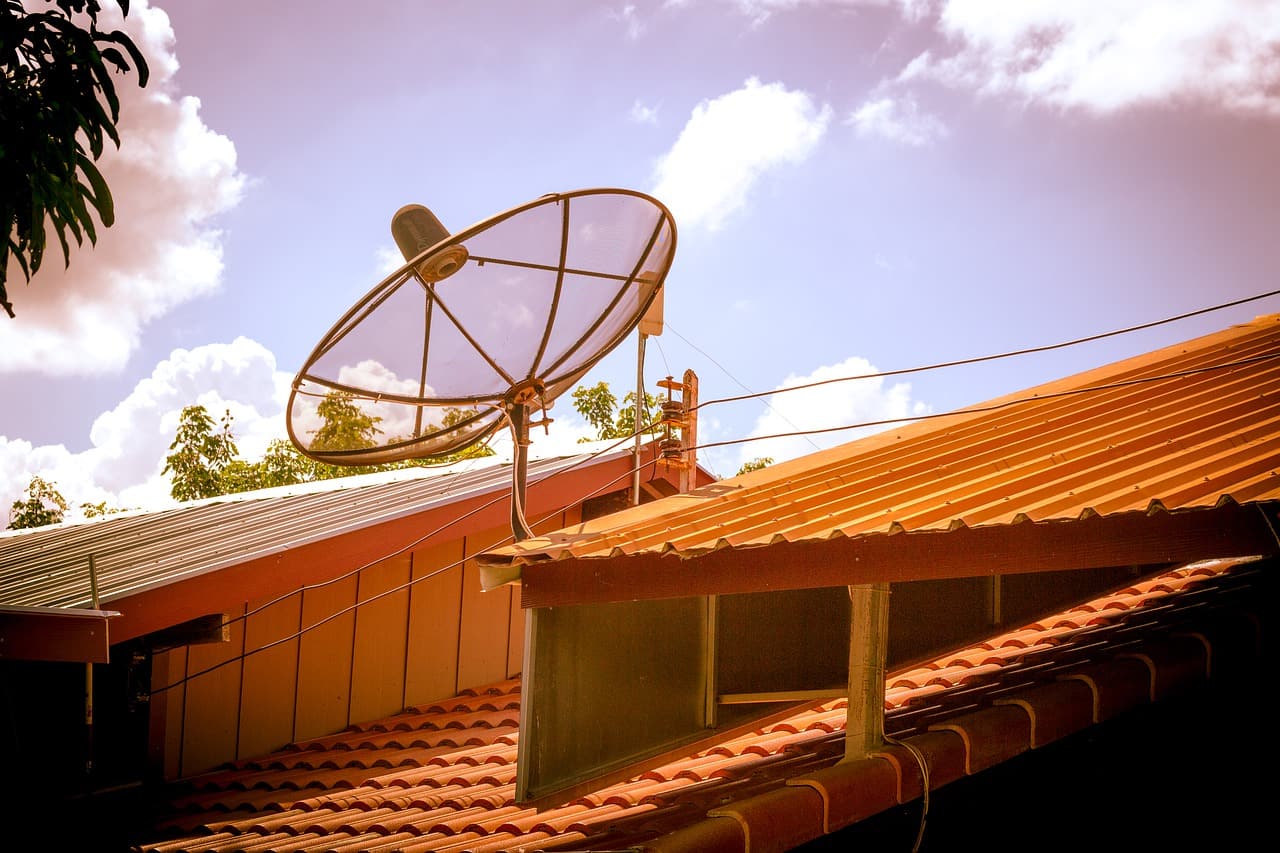Imagine coming home from a long day of work. You just finished two shifts. You’ve got a bag of popcorn hot and ready for you to munch on. Your favourite show is about to start. You plop on the sofa, locate where you last placed the remote, you turn on the telly and…nothing.
Static
You turn your telly off. You try once again.
Still static.
You sigh and turn the telly off. You decide to turn in early due to disappointment. Nothing can ruin TV night worse than low signal reception. For the majority of the human population, sitting back and relaxing in front of the telly is one of their favourite recreational activities.
With the improvement of technology, the overall watching experience is enhanced with different features and new tech, e.g. surround sound speakers, HD TVs, and even Chromecast. Unfortunately, it wouldn’t matter if you have all of the latest and most modern TV accouterments when your digital aerial or satellite dish is not correctly aligned. An £800.00 Home Cinema HD TV is a waste if the satellite alignment is wrong as reception and not clear. Your watching experience is still hampered.
In this article, we’ll guide you on how to find the right satellite angles for optimal viewing.
Azimuth Angle Adjustment
One of the reasons why you’re not getting the optimal amount of signal reception is that the alignment of your satellite receiver is not optimized for the satellite transmitter that it’s trying to get its signal from.
At AerialForce, we have taken the liberty of creating a list of the most common satellites in the United Kingdom and the proper angle your satellite dish must be. This is extremely important as the other factors down below will not work if your azimuth alignment is not perfect.
If your telly gets Freesat or Sky subscription-based services, you’ll want to align your satellite dish towards the Astra 2 Satellites or the Eurobird. For Astra 2 Satellites, the satellite alignment should be at 28.2E while for Eurobird, moving the dish to 28.5E should do the trick.
If you wish to watch shows from the French and German regions, align the dish to 19.2E optimized for Astra 1 Satellites. Positioning your satellite dish towards the satellite at 13E will give you better reception of Hotbird, which is from European and North African regions.
Avoid Obstructions
Even when you’ve found the right dish elevation and azimuth angle, there might still be certain problems with your satellite dish receiving weak television signals.
When you’re fixing your satellite positions, take into consideration if there are any materials that might be blocking your satellite dish. For example, branches, trees, and buildings can act as barriers for the signal to pass through. When barriers like these are present between the transmitter and the satellite receiver, you will also be receiving poor signal quality. To improve your signal quality, you may also adjust and set the elevation of your satellite dish or receiver to such a height with fewer barriers.
Look For References
If you are still lost, you can check your neighbour’s satellite dish alignment. You can use your neighbour’s dish satellite alignment as a reference.
However, there is no assurance that the satellite will perform flawlessly.
Your neighbour may be subscribed to a different British TV subscription service than what you are subscribed to which means you won’t get the optimal signal.
Ensure Your LNB Is Fitted Correctly
One aspect that is usually forgotten about when aligning satellite dishes, is the alignment of the LNB. LNB stands for Low Noise Block which contains a rotational mechanism that is fixed onto satellite dishes.
The LNB is an important component of the aerial which receives satellite signals that are reflected from the dish and sent to cable boxes.
It is best to securely adjust the LNB skew to ensure that it receives the satellite signals from horizontal and vertical polarised transponders. We recommend adjusting the skew in the direction of the azimuth angle and directing it towards the Astra 2 Satellites (if you have a Freesat or Sky satellite), or Eurobird satellite.
As these satellites are located above the equator, placing your satellite dish and skew toward the satellite’s direction allows your dish to receive signals at an effective angle. Ultimately, this will allow your satellite dish to identify the different polarizations and prevent weak television signals and pixelated images.
General Tips To Align Your Satellite Dish Correctly
Save yourself hundreds of pounds in labour by learning how to align your satellite correctly.
If you’re going on the roof or climbing up to high elevations, take extra precautionary measures such as:
- Put down a soft mat on the ground which could soften your landing should you fall.
- Use a sturdy ladder instead of stacking items for you to get to the right elevation.
- If you have the equipment, you should also rig a safety line to protect yourself from injuries.
Satellite Dish Alignment
Need assistance with your satellite dish alignment? At AerialForce, we’re able to provide free estimates on our Satellite TV Installation and Satellite Repair services and can arrange for our engineers to come to your doorstep on the same day as your call.
Contact us today to book your appointment, or call us on 0330 173 0805.


